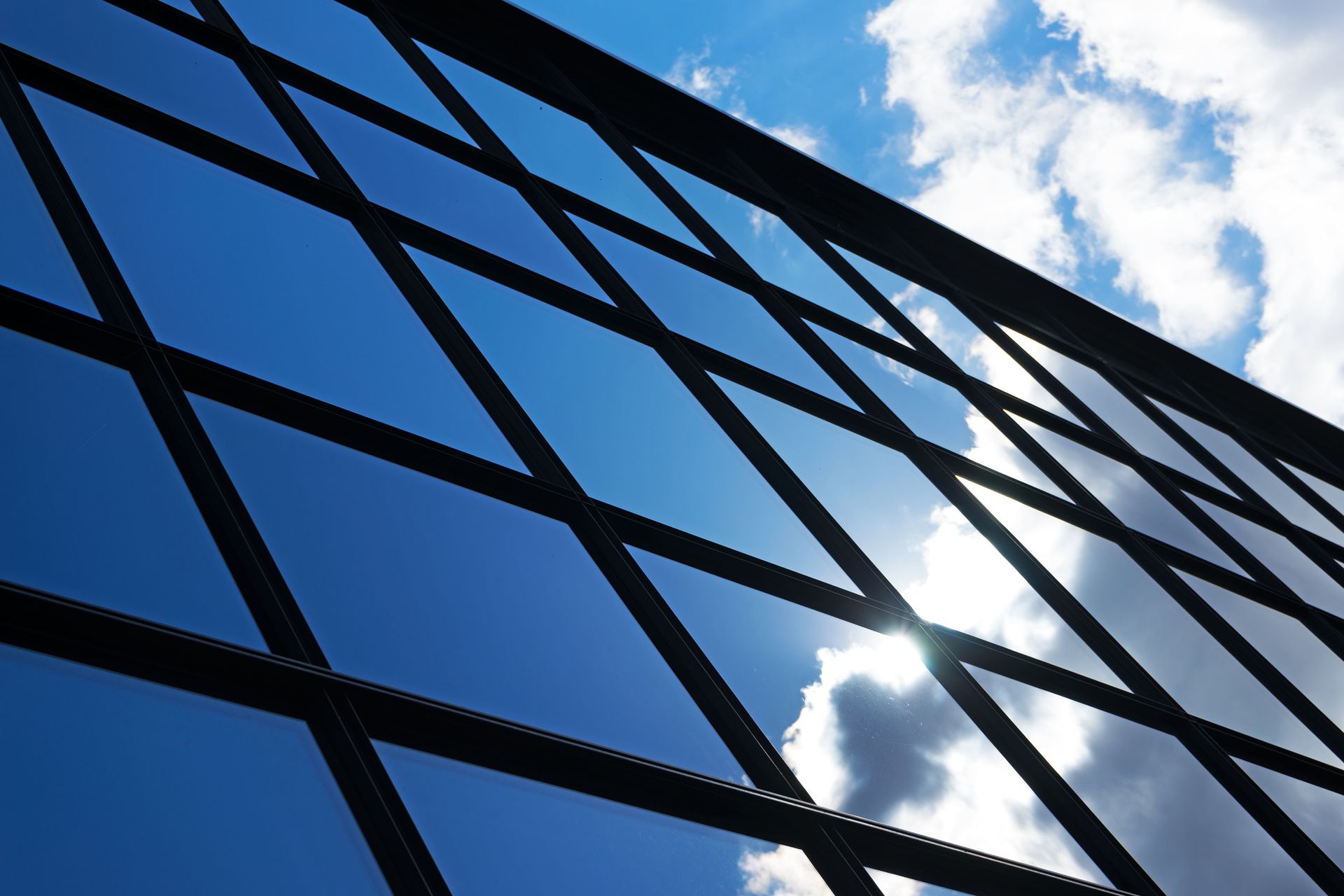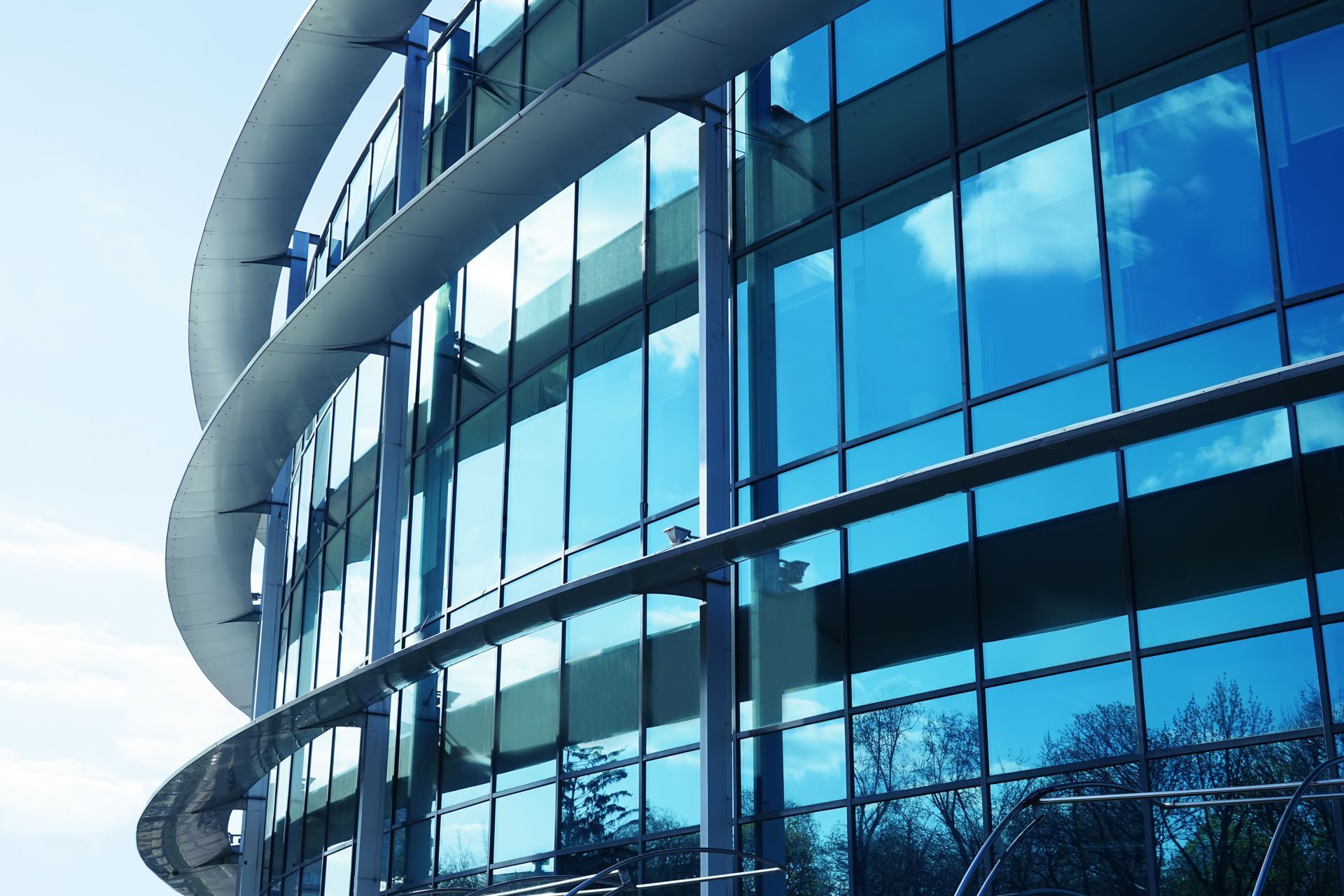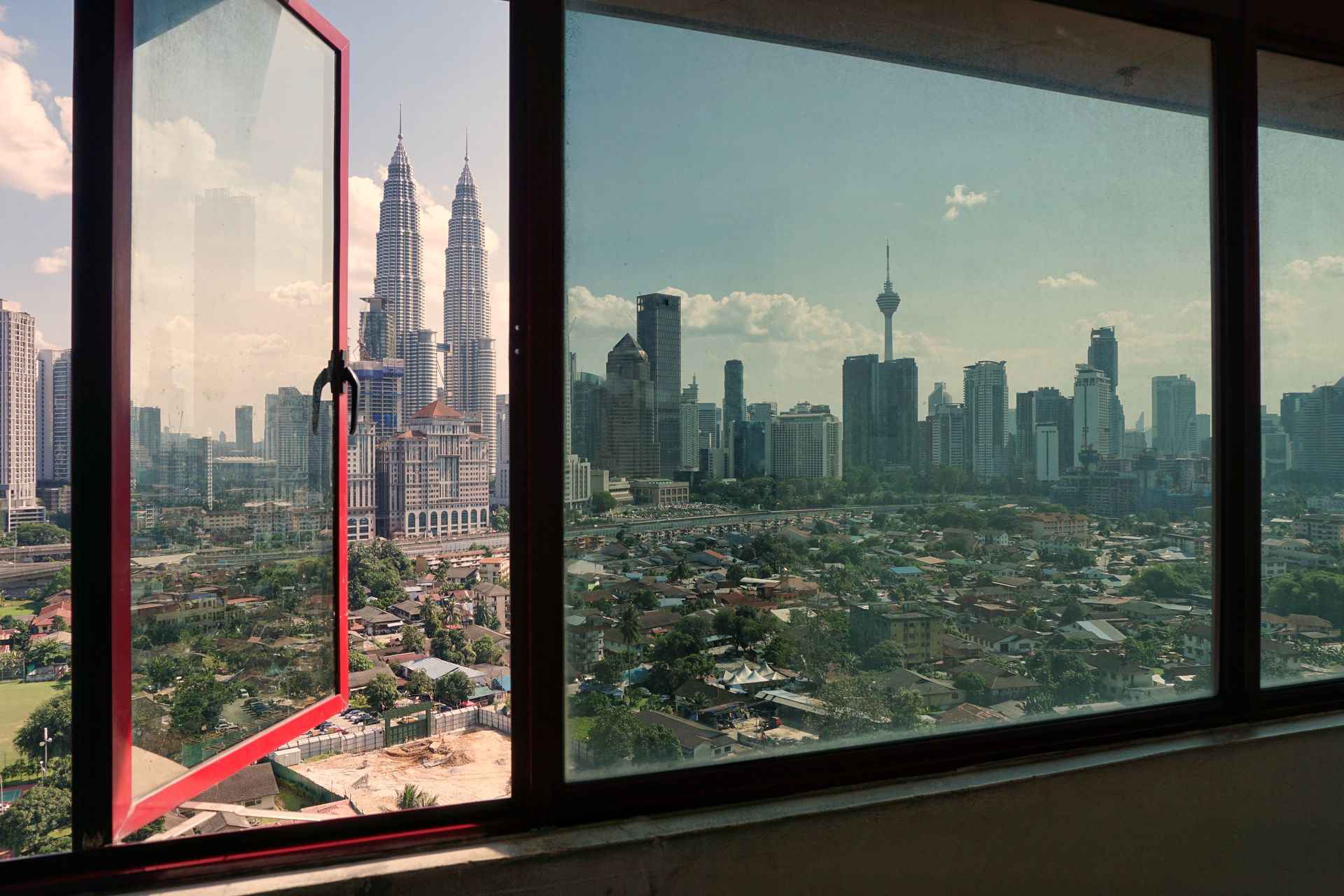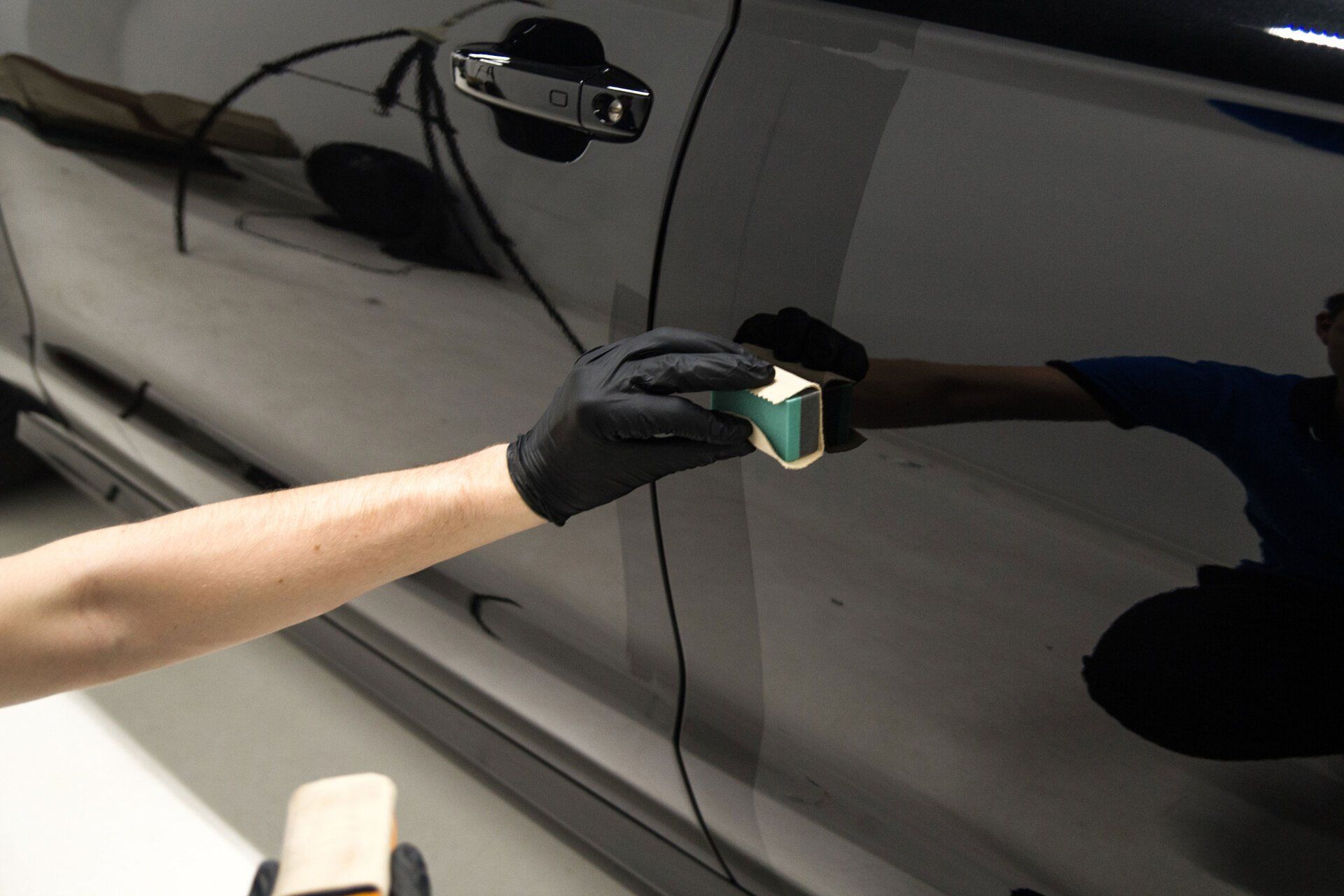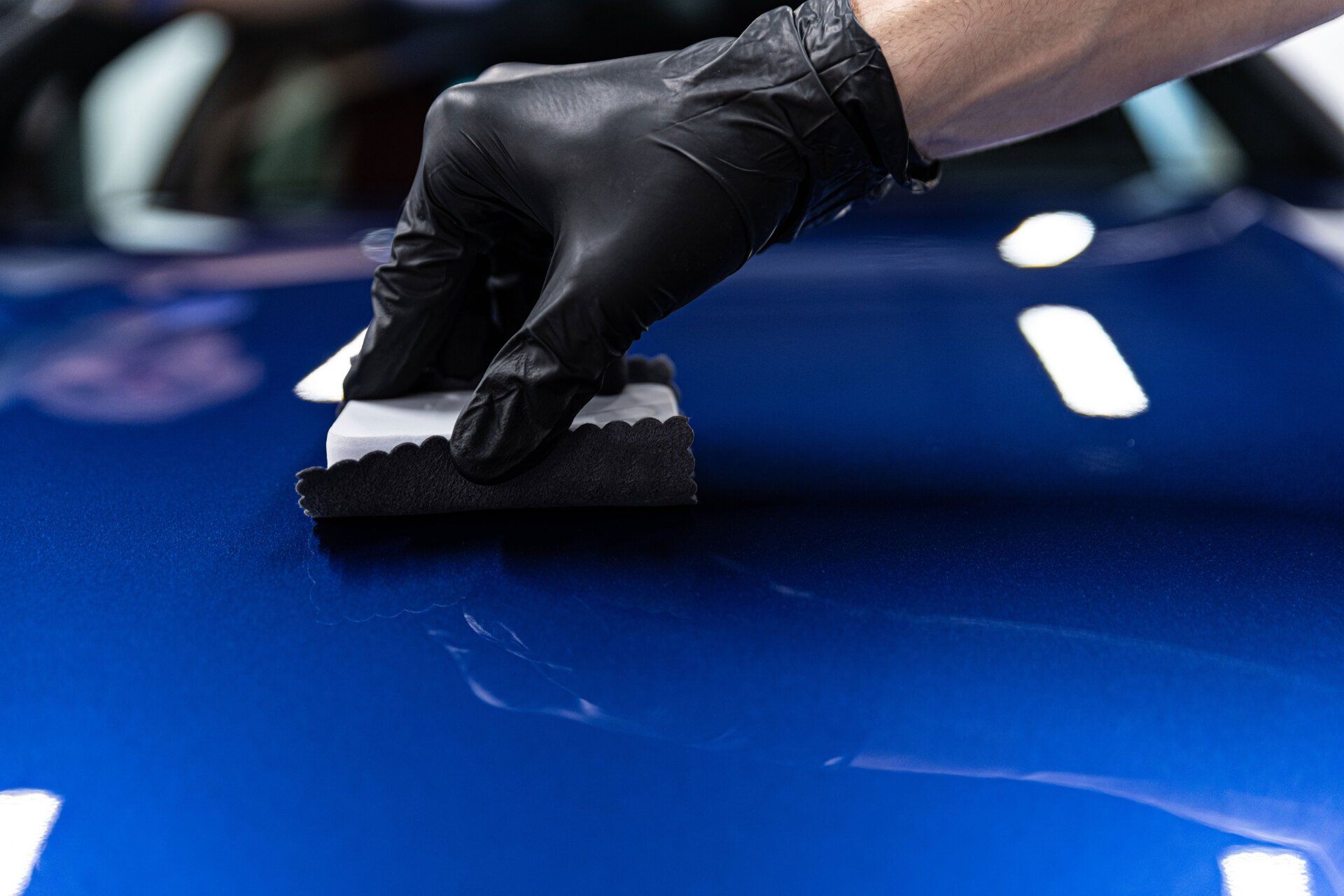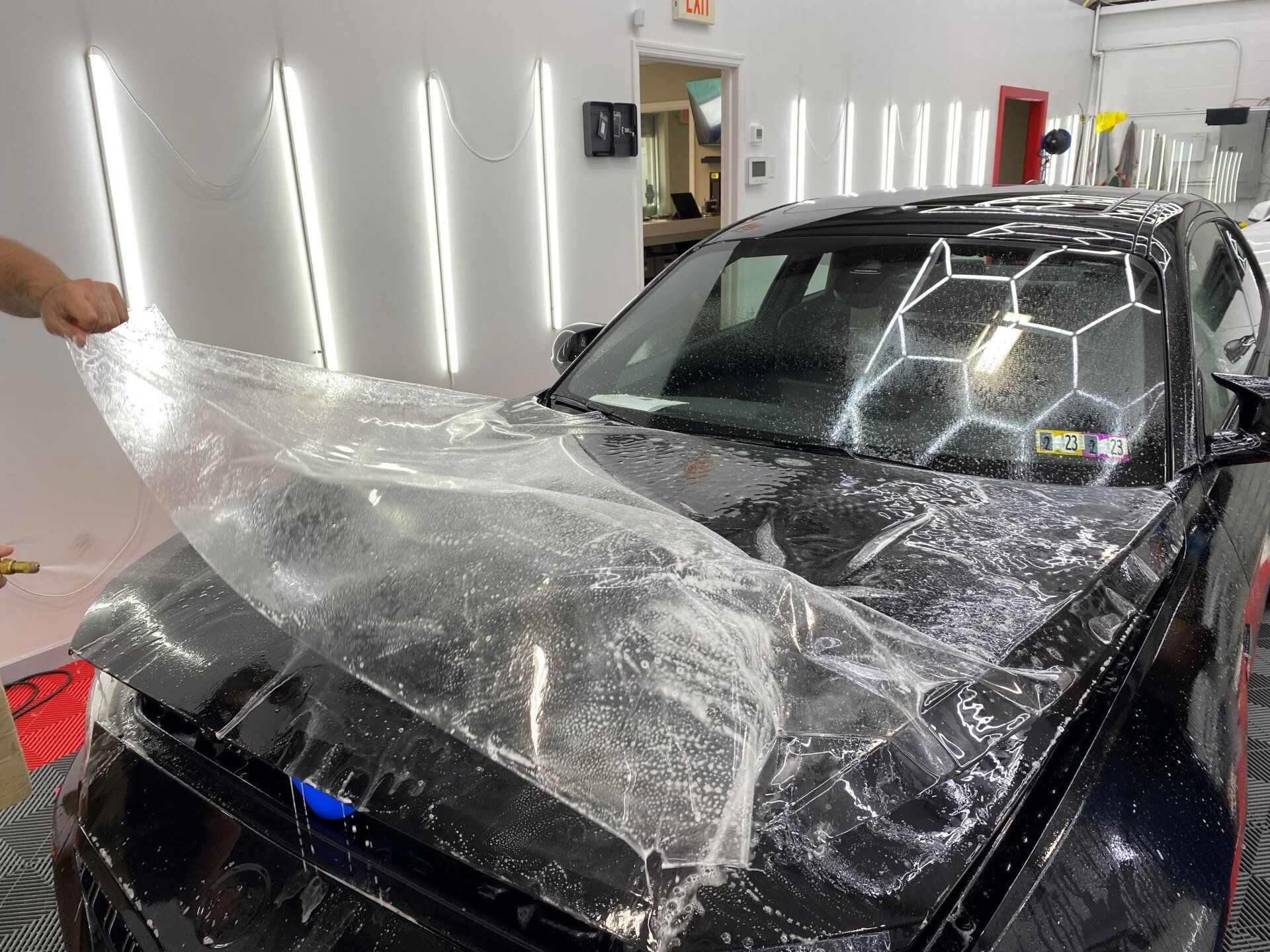Commercial window tints provide a strong buffer against harmful UV rays that cause furniture to fade, discolor, or warp. By filtering out up to 99.9% of these damaging emissions, these tints ensure your furniture’s longevity. Here's something you might not know. They aren't just for safeguarding furniture. They also help reduce glare and heat inside, creating a comfortable environment. Let's delve into this further.
Commercial window tinting blocks the sun's UV rays, protecting interior decor and fabrics from fading, warping, and degradation. High-quality window films help to safeguard leather upholstery, wood, plastic, and metal furniture by reducing UV penetration and preventing discoloration, fading, warping, and corrosion caused by prolonged exposure to sunlight.
Understanding UV Damage to Furniture
The impact of ultraviolet radiation on indoor furniture can be surprising. When sunlight streams through your windows, it may seem harmless, but it carries powerful UV rays that wreak havoc on your precious furniture and interior decor. Wood, leather, fabric—no material is immune to the effects of prolonged UV exposure. Fading is one of the most common and noticeable effects of UV damage. Fabrics, wooden surfaces, and leather upholstery all bear the brunt of direct sunlight, causing their vibrant colors to dull over time. This can lead to a lackluster appearance, affecting the overall aesthetic appeal of your interior spaces.
In addition, discoloration can occur when UV rays interact with the chemical composition of materials. Certain areas of upholstered furniture may appear lighter or even change color due to UV radiation altering the natural pigments in these materials. For instance, that gorgeous antique mahogany table you inherited from your grandmother could start to look lackluster and fade if routinely exposed to sunlight. Additionally, over time, UV-induced discoloration could cause that plush leather armchair you bought for comfort to lose its luster. It's similar to how our own skin responds to prolonged exposure to the sun. Just as we experience sunburn and premature aging due to UV rays, furniture too has its form of "sunburn" in the form of fading and discoloration.
Another consequence of UV damage is warping and deformation, particularly affecting wooden furniture pieces. Long-term exposure to UV rays can cause wood to dry out, leading to warping, cracking, and ultimately compromising the structural integrity of the furniture. Think of it like a piece of paper left out in the sun; as it dries out, it warps and becomes brittle. Similarly, wood exposed to prolonged sunlight can become dry and brittle, losing its original strength and shape. Understanding these effects is crucial to recognizing the significance of implementing preventative measures like window tinting to shield cherished furniture from harm caused by relentless UV rays.
Window Tinting as a Solution
When it comes to safeguarding the interior of your home or office from the harsh effects of UV radiation, window tinting emerges as a proactive and innovative solution. High-quality commercial window films can effectively shield your indoor furniture and decor from up to 99.9% of the sun's UV rays, providing a powerful barrier against fading, warping, and degradation caused by prolonged exposure to UV radiation.
Commercial window tinting is not just about maintaining a cooler indoor environment and reducing energy costs; it also serves as a crucial defense against UV damage. These specialized films are engineered to absorb or reflect UV rays, significantly reducing UV penetration into your living or working space. Ceramic window films, in particular, offer some of the highest levels of UV protection, making them an ideal choice for safeguarding the integrity and appearance of your interior decor.
- Protecting your investment: Consider the sunlight streaming through your windows as a potential threat to your valuable investments in furniture and decor. Upholstery, wood furniture, artwork—these items can all suffer irreversible damage when exposed to excessive UV radiation. However, with the installation of high-quality window films, you can rest assured that these items are shielded from discoloration, warping, and premature aging.
- Preserving aesthetic appeal: In addition to preserving the structural integrity of your indoor furnishings, commercial window tinting plays a pivotal role in maintaining the aesthetic appeal of your interior space. Sun damage often results in the fading, thinning, discoloration, warping, and deformation of fabrics and materials. By reducing UV penetration, window films help retain the vibrant colors and textures of your decor for an extended period.
- Improving energy efficiency: Beyond its protective capabilities, commercial window tinting also contributes to enhancing energy efficiency in indoor environments. By reducing UV penetration and minimizing heat gain, window films enable a more balanced indoor temperature, consequently reducing the reliance on air conditioning systems. This not only leads to potential cost savings but also aligns with sustainable practices by conserving energy resources.
From shielding interior decor against UV damage to promoting energy efficiency, commercial window tinting emerges not only as a vital protective measure but also as an investment in preserving the longevity and beauty of your indoor space.
Benefits of UV-Blocking Tints for Furniture
When considering protection against harmful UV rays in our homes, we often overlook the impact on our furnishings. However, the undeniable effect of UV exposure on your cherished furniture pieces cannot be underestimated. Let's explore some of the remarkable advantages that UV-blocking tints offer to safeguard the beauty and longevity of your furniture.
Preservation of Furniture: UV-blocking tints effectively preserve the original look and quality of your furniture by shielding it from the harsh effects of UV radiation, preventing discoloration, fading, and warping caused by prolonged exposure to sunlight. Whether it's vibrant fabric upholstery or rich wood finishes, these tints help maintain the integrity and aesthetic appeal of your furniture, ensuring that they endure for years without succumbing to sun damage. Think about that stunning sofa set near the window or those antique wooden cabinets basking in sunlight—these are areas prone to rapid degradation due to UV exposure. UV-blocking tints can make a world of difference in retaining their allure while offering peace of mind regarding their longevity.
Protection from Degradation: The damaging effects of UV radiation extend beyond surface discoloration and fading—they can lead to physical degradation and compromise the structural integrity of your furniture pieces. Tinted windows serve as a formidable shield against these detrimental effects, preserving the suppleness of leather upholstery by preventing dryness, brittleness, and cracks caused by UV exposure. Wooden, plastic, and metal furniture are also susceptible to damage from continuous exposure to UV radiation. This exposure can lead to warping and deformation and accelerate the aging process of these materials, compromising their structural stability. By adding high-quality UV-blocking tints to your windows, you can create a barrier of protection that keeps your furniture resistant to potential sun damage.
Step-by-step Guide to Choosing the Right Tint
Choosing the right window tint can feel overwhelming, with numerous options available. However, breaking it down step-by-step can simplify the process and help you find the perfect tint for your windows.
Understand UV Protection Levels
When selecting a window tint, one crucial factor to consider is its UV protection level. UV rays can cause significant damage to furnishings and floors, leading to fading and deterioration over time. Look for window tints that offer high UV protection rates, such as ceramic films that can block up to 99.9% of UV rays. Expanding on this idea, this level of protection is essential in safeguarding your interior space from harmful ultraviolet radiation that can cause irreversible damage to your furniture and valuables. A high UV protection rate ensures that your belongings are shielded from the sun's harmful rays, preserving them for years to come.
Consider Visible Light Transmission (VLT)
Another important aspect to consider when choosing a window tint is the visible light transmission (VLT), which indicates how much light passes through the window. It's essential to strike a balance between UV protection and natural light transmission, as excessively dark tints may compromise visibility and reduce natural lighting in indoor spaces. In addition, selecting a tint with an appropriate VLT level is crucial to maintaining a comfortable indoor environment without compromising on clarity while ensuring adequate UV protection.
Evaluate Heat Reduction
Beyond UV protection, consider whether the window tint provides heat reduction benefits. Some tints are designed to minimize heat buildup within your space, contributing to energy efficiency and enhancing indoor comfort. For instance, ceramic or metalized films are known for their ability to reduce solar heat gain while allowing ample natural light into interiors. By reducing heat penetration, these tints help regulate indoor temperatures, potentially decreasing cooling costs during warmer months.
It's important to evaluate different types of tints based on their ability to block UV rays, transmission of visible light, and capacity for heat reduction in order to select an option that aligns with your specific requirements. By understanding and evaluating these key factors, you can make an informed decision when choosing the right window tint for your property.
Minimizing UV Impact on Tinted Windows
Having tinted windows in your home or office goes a long way toward reducing the harmful effects of UV rays. But even with this protective upgrade, it's important to ensure that the tinted windows are well-maintained to ensure maximum performance.
Periodic cleaning is essential to maintain the effectiveness of the tinted film on the windows. Regularly removing accumulated dirt and debris not only keeps the windows looking clean but also ensures that their UV protection capabilities remain intact. This simple practice helps safeguard your interior decor from fading, warping, and other damage caused by UV radiation. It's easy to underestimate the impact of small particles like dust and dirt, but they can compromise the efficacy of the tinted film over time. Dust and debris can harbor moisture, which may lead to deterioration of the film if not addressed promptly. Therefore, regular cleaning with a gentle solution and soft materials is crucial for preserving the integrity of the window tints.
When it comes to cleaning solutions, avoid abrasive products at all costs. These harsh cleaners can damage the protective film, negating its ability to shield your indoor items from UV radiation. Instead, opt for gentle cleaning solutions that are safe for use on tinted surfaces. By using non-abrasive products and soft materials, you'll effectively clean your tinted windows without compromising their protective properties. In addition to regular cleaning, consider enlisting professional inspection and maintenance services to ensure that the tints are in optimal condition for minimizing UV impact on indoor furniture. A professional inspection can identify and address any issues, such as peeling or bubbling of the film, ensuring that your investment in window tints continues to provide reliable protection against UV damage.
Professional maintenance services often include specialized treatments and coatings that enhance the durability and UV protection capabilities of window films. This proactive approach to maintenance not only safeguards your furniture from sun damage but also prolongs the lifespan of your window tints, offering long-term protection for your indoor space. By implementing these measures for maintaining tinted windows, you can uphold their ability to minimize UV impact on indoor furniture, preserving their appearance and structural integrity for years to come. Ensuring that your tinted windows are well-maintained is essential to leveraging their full potential as protectors against UV damage. By incorporating regular cleaning and professional inspections, you can safeguard your indoor space from the harmful effects of UV radiation.
Trusted Commercial Window Tinting Service in Malvern, PA
Discover the transformative power of Acap Films, your trusted partner for commercial window tinting service in Malvern, PA. Elevate your workspace with our premium-grade window films, expertly installed to enhance privacy, reduce glare, and increase energy efficiency. With a commitment to quality and precision, our team ensures a seamless application tailored to your specific needs. Say goodbye to discomfort from harsh sunlight and hello to a more comfortable, productive environment for your employees and clients alike. Don't settle for ordinary; choose Acap Films for unparalleled expertise and superior results. Take the first step toward enhancing your commercial space today and schedule your window tinting consultation! Call us at
(484) 241-2038!

